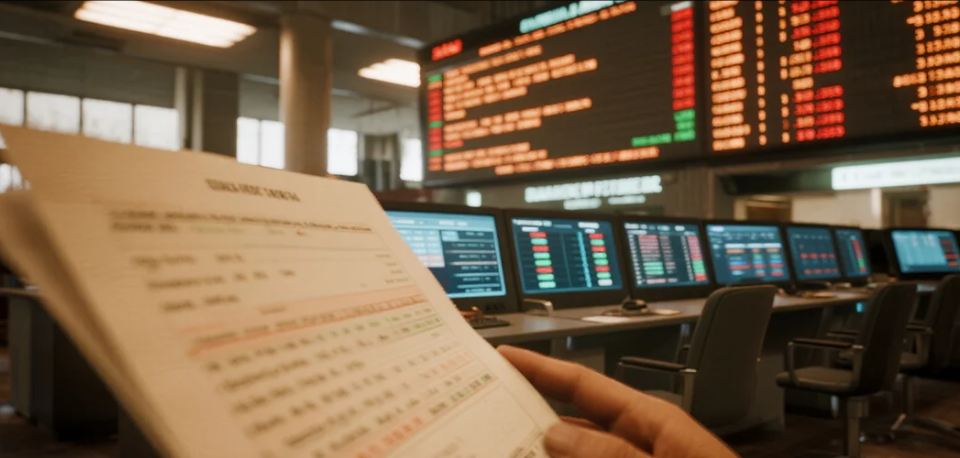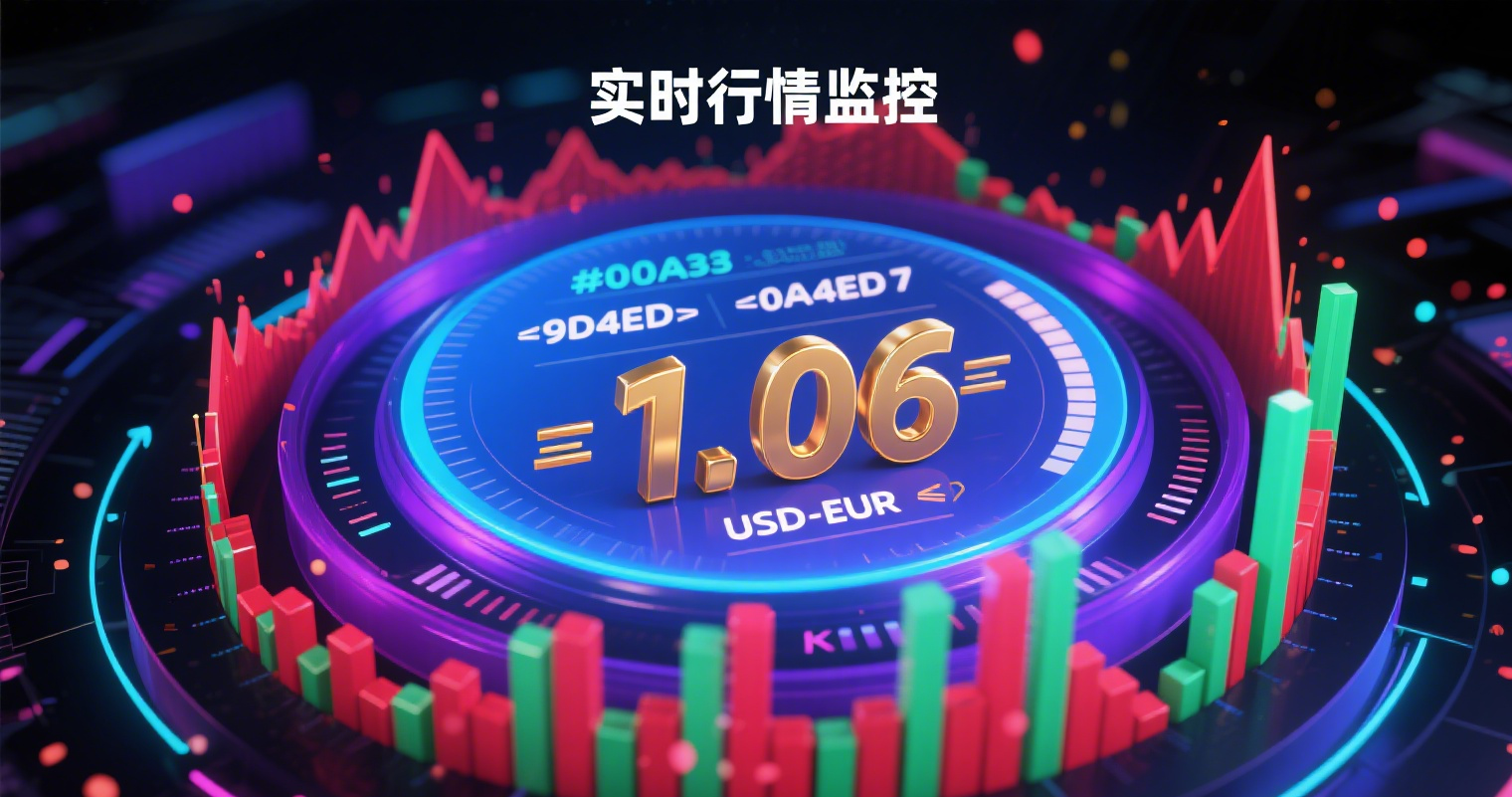
Position Management Method: The Pyramid Principle
Pyramid Averaging Up
Whether in stocks, futures, or forex, the pyramid averaging-up method is a common tactic for trend traders to "buy the rise."
The "pyramid method" can be illustrated with a simple example:
-
First purchase: Invest ¥50,000 in an asset.
-
Second purchase: Invest ¥40,000 in the same asset.
-
Third purchase: Invest ¥30,000.
Each subsequent investment is smaller than the previous one. Since this method is typically used to chase upward trends, each buy occurs at a higher price with a smaller volume, forming a pyramid shape (wide base, narrow top).
Why do traders use this method?
No asset rises indefinitely, especially in non-bull markets. After a moderate rise, a pullback is normal. Each price increase raises the probability of nearing a peak while reducing potential upside. By decreasing follow-up investments, traders mitigate risk.
Example Comparison:
-
Equal Investment Method: With ¥100,000, buy ¥25,000 at ¥5, ¥6, ¥7, and ¥8 per share. Average cost: ¥6.5. If ¥8 is the peak and the price drops to ¥7, the return is 7.7%.
-
Pyramid Method: Buy ¥40,000 at ¥5, ¥30,000 at ¥6, ¥20,000 at ¥7, and ¥10,000 at ¥8. Average cost drops to ¥6, boosting returns to 16.7%.
Reverse Pyramid Averaging Down
Some investors prefer "buying the dip," especially value investors who increase positions as prices fall.
For declining assets, the reverse pyramid method (increasing each subsequent buy) is more practical. In volatile markets, endless declines are unlikely—each drop reduces the probability of further drops. Thus, scaling up investments aligns with diminishing risk.
Advantage: If a stock falls from ¥8 to ¥5, reverse pyramid buys (e.g., ¥10k, ¥20k, ¥30k, ¥40k) yield a lower average cost than equal investments, maximizing gains during rebounds.
Choosing the Right Asset
Both pyramid methods have merits but require careful asset selection—especially the reverse pyramid method. Blindly applying it to a collapsing stock (e.g., a "blue-chip" crashing from ¥40 to ¥2 due to fraud) can be disastrous.
Conditions for Reverse Pyramid Averaging Down:
-
The asset must have reversal potential (e.g., strong fundamentals, oversold valuation).
-
Investors must have high conviction to avoid emotional, risk-amplifying decisions.
















